Jikji: Setting Down the Tiles of the Print World
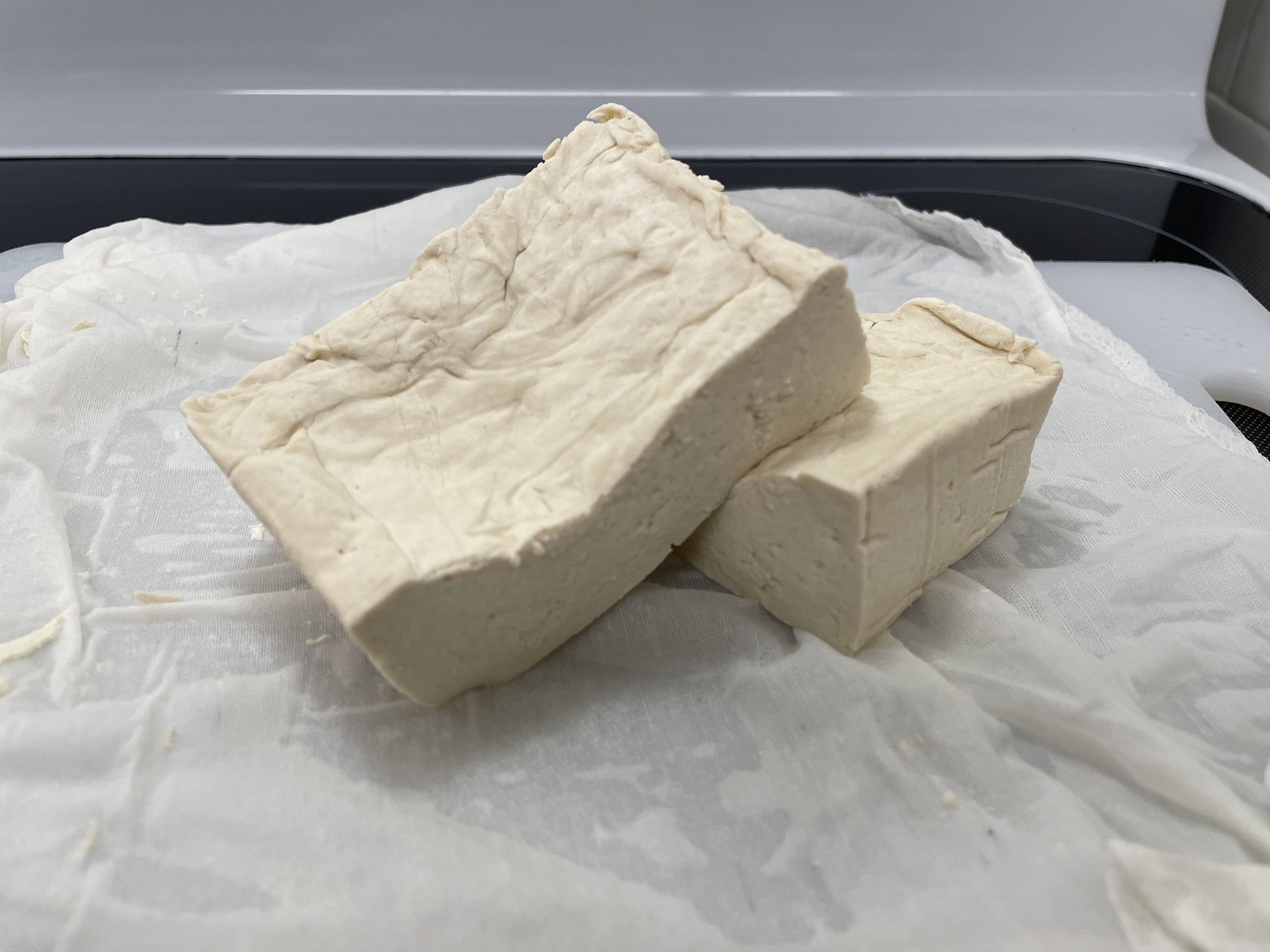
Making Tofu: A Staple in East Asia

Weaving Together Past and Present: Wanch’o and Empirical Reconstruction in Korea

Making Wanjat’ang: Fish Meatballs
Legend and Legacy: An Exploration of Jiaozi throughout history

Cats, Craftsmen, and Culture: an Analysis of Ukiyo-e Woodblock Printing

Makgeolli: The Sweat and Tears of the Joseon Commoner

Gochujang: An Ancient and Modern Fundamental Condiment
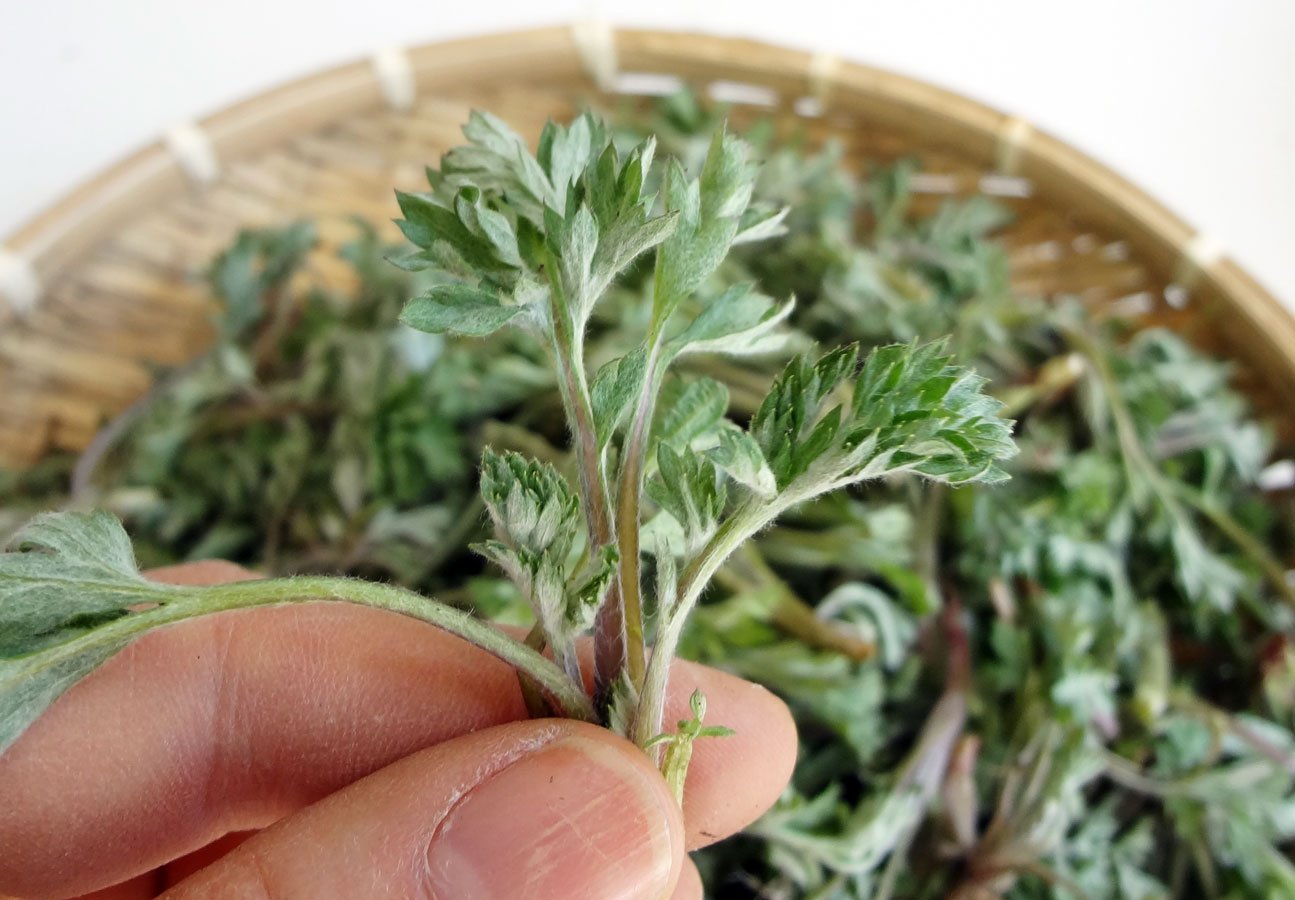
Sook Danja: Health Is Wealth In Rice Cakes

Strokes of the Brush: Fude and Fudeshi in Premodern Japan

Transformational Process of Flowers to Pigments
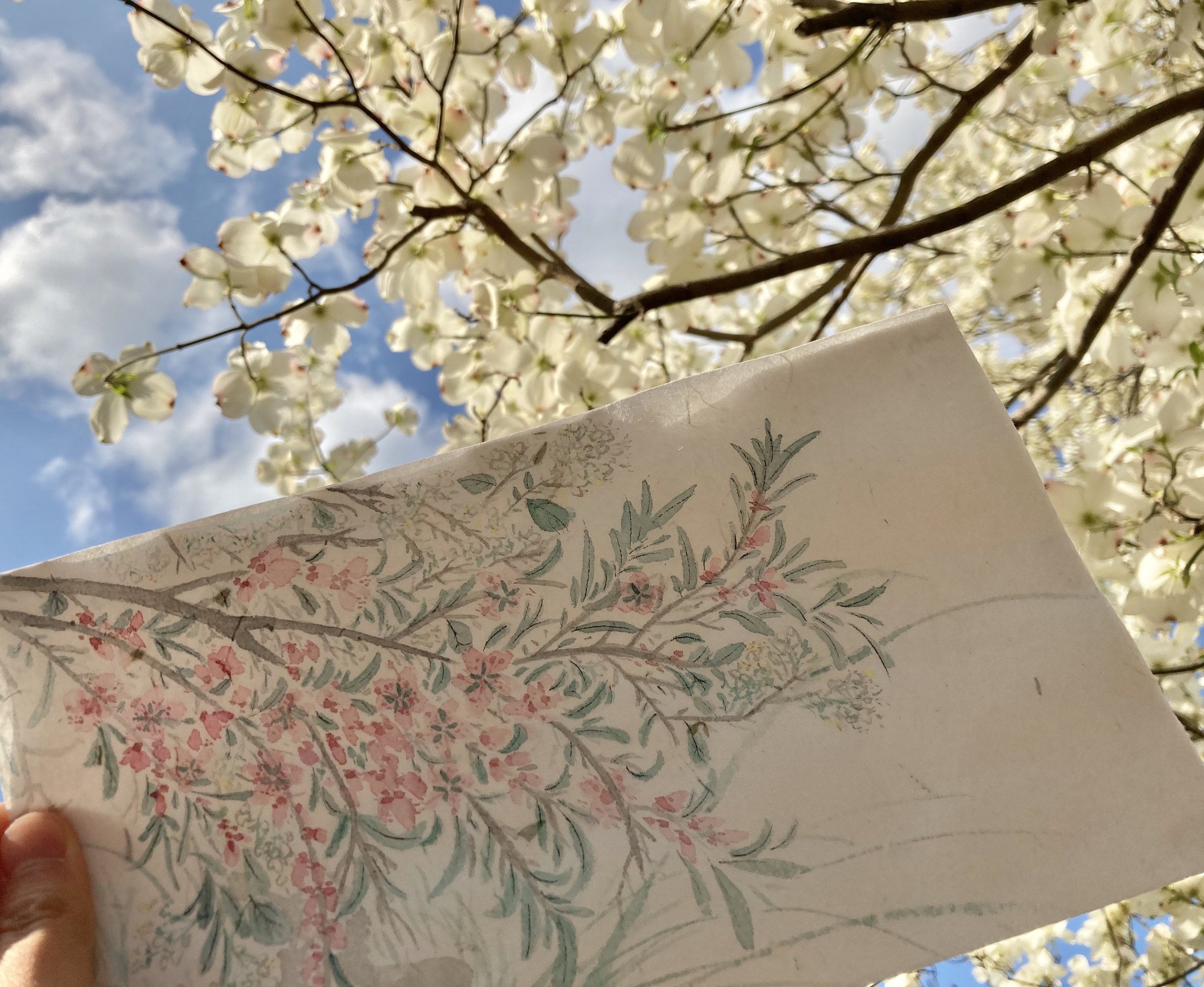
Illustrating “A World of Dreams”— Chinese Garden Paintings

Sushi: A Timeless Classic
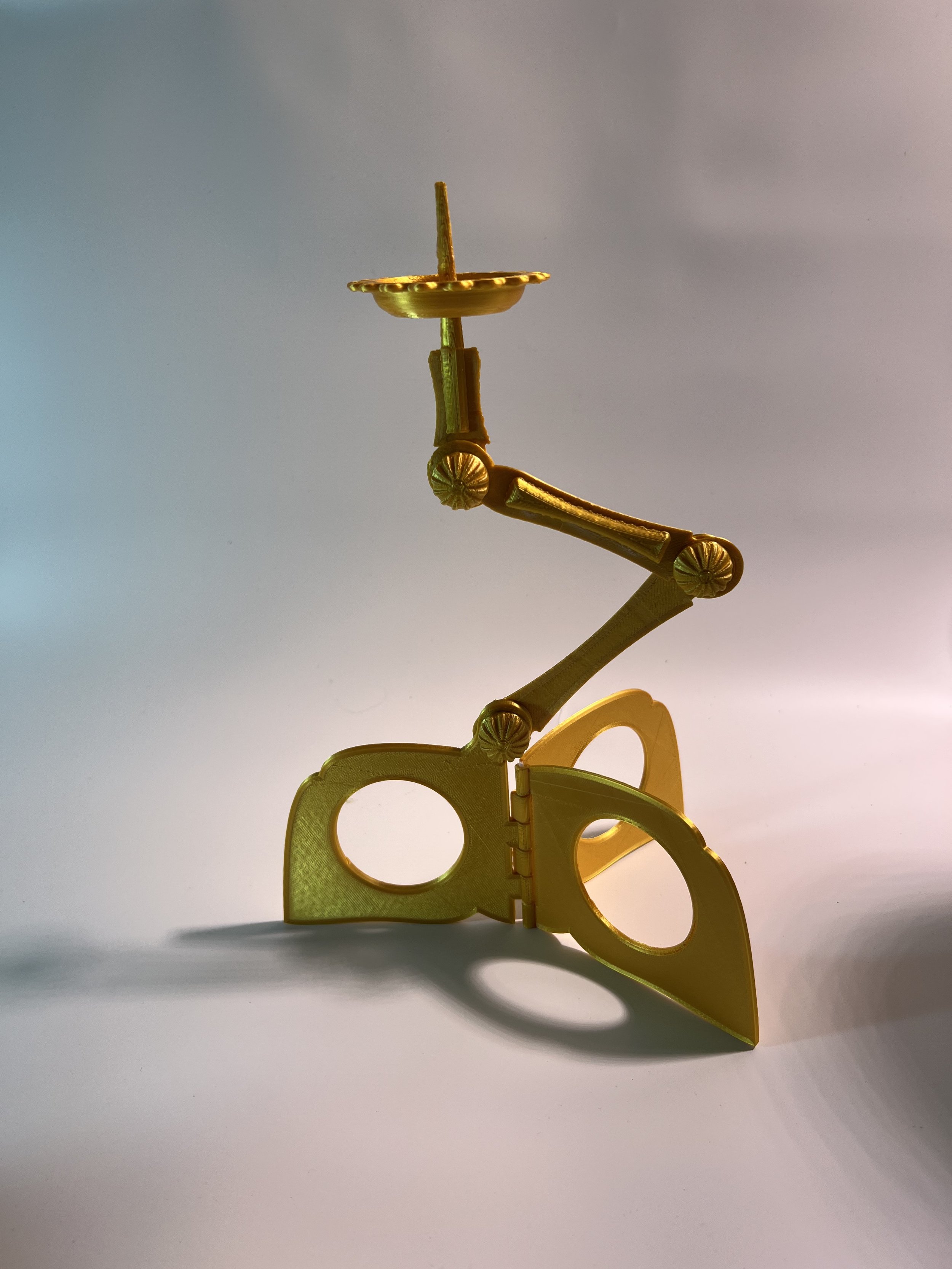
Look in your pocket! A candlestick!
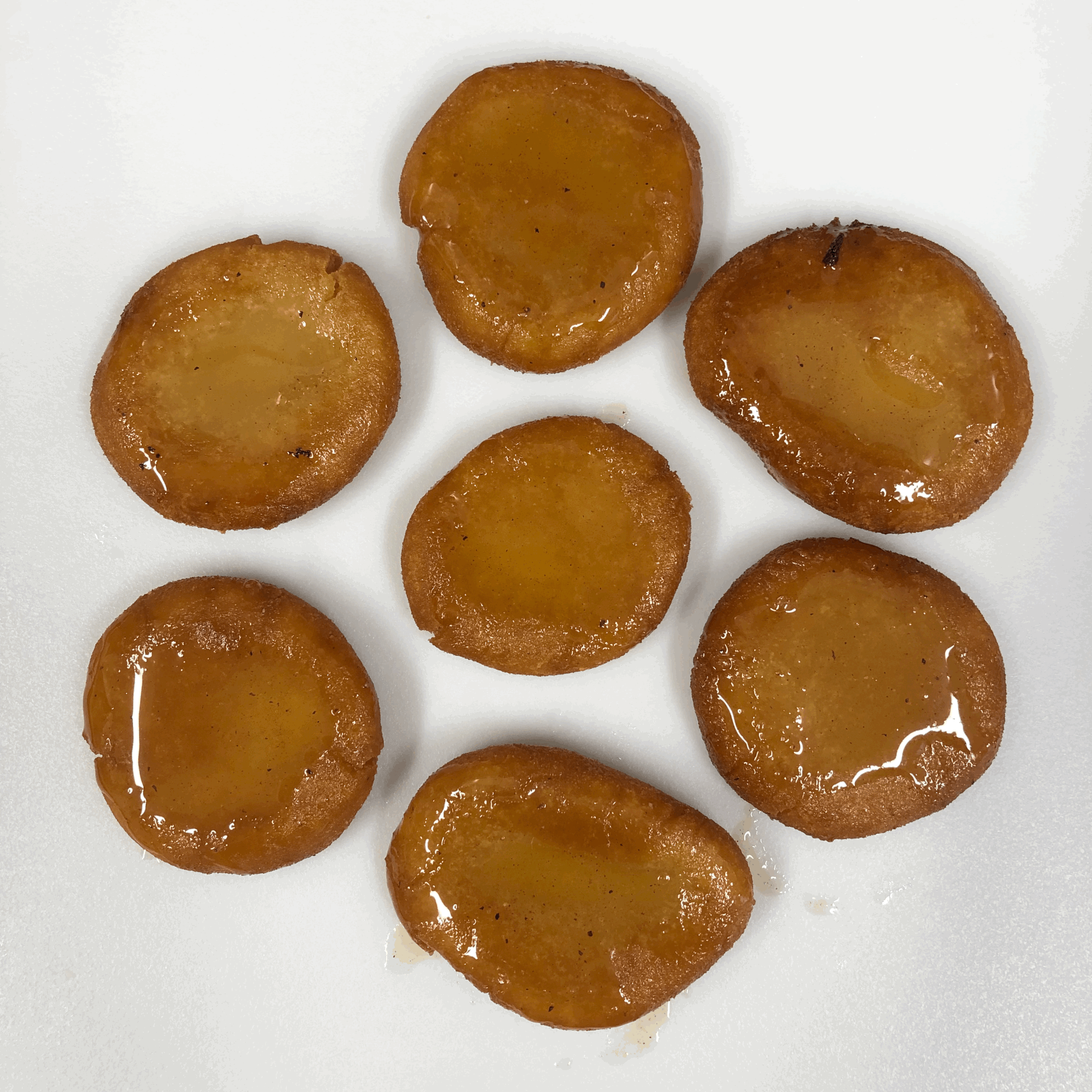
Sickly Sweet: Recreating Lady Yi’s Yakgwa

New Sweetness: Konpeitō Reconstruction

Yakp’o to Yukpo: The Evolution of Korean Beef Jerky

From Ancient to Modern: Reuniting Family and Friends with Tangyuan

The Japanese Knife Ceremony and Fish Fermentation: Remnants of the Distant Past
Hōchō shiki, and Narezushi. These two Japanese traditions, originating from around the Edo period and the 10th century respectively, have all been mostly lost to time. Narezushi is only practiced by a few remaining families that possess the recipe, who have been doing it for the past 400 years, and the Hōchō shiki, or Knife Ceremony, is now only practiced in rare special events at museums or cultural festivals. Both of these traditions are rarely seen anymore outside of extremely limited events, and the techniques and recipes are still kept secret or no longer exist. But why were these traditions forgotten, yet other traditions from the same time such as the tea ceremony are revered as pillars of Japanese culture and practiced very much to this day?
